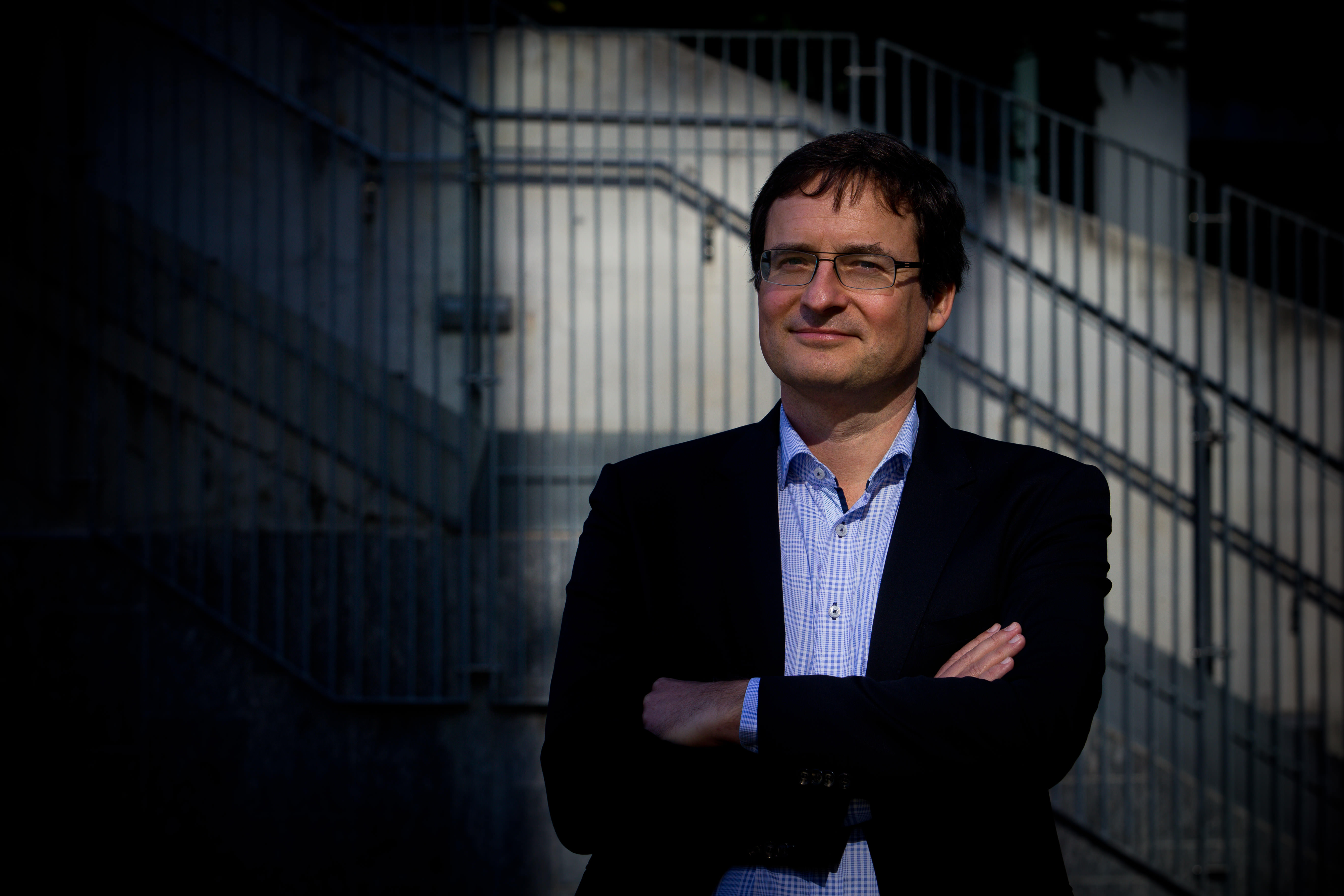QUT researchers will lead the $6.5 million ARC Training Centre for Behavioural Insights for Technology Adoption (BITA) that aims to accelerate Australians' adoption of innovation technologies in health, agriculture and cybersecurity.
- Health, agriculture and cybersecurity innovations offer greater productivity and sustainability
- Collaboration between three universities and industry designed to speed take-up of new technologies
- Shock of the new causes resistance to new technologies if benefits not well understood
Lead researcher QUT Professor Uwe Dulleck from the Centre for Behavioural Economics, Society and Technology (BEST) and QUT's School of Economics and Finance said the centre involves 15 QUT researchers from four faculties with six from the University of Western Australia and seven from the University of Queensland.

BITA associate director of training Professor Rebekah Russell-Bennett, from QUT School of Advertising, Marketing & Public Relations will coordinate research projects of 15 postgraduate students.
"Our research partnerships with industry will give BITA students experience in developing research skills to address the real-world challenges we all face," she said.
"Adoption of new technologies can result in higher productivity and at the same time greater sustainability, but we must ensure that innovative technology has a clear customer value proposition.
"If customers cannot see the value in a technology, they will not adopt it, regardless of how useful the technology might be. Perception is reality."
Professor Dulleck said Distinguished Professor Dietmar Hutmacher would work with the Centre on additive biomanufacturing - 3D printing in the health context - to encourage people to engage with new medical procedures and implants for personalised medicine that meet individual person's needs.
"Princess Alexandra Hospital director of gastroenterology UQ Professor Gerald Holtmann will apply behavioural economics to ensure medical innovations such as new diagnostic techniques for bowel cancer and other gastric conditions are taken up by practitioners and patients alike.
"In agriculture, too, we have new foods made from mung beans and chickpeas developed by Professor Sagadevan Mundree from the QUT Centre for Agriculture and Bioeconomy, for example.
"There is new time and cost-saving technology for production methods that have not had public uptake such as the 'smart paddock' which uses chips in animal ear tags to monitor the health of the herd and let the farmer know when the animals need more food or water."

"With the rapid growth of the digital economy we need innovation to provide greater cyber wellbeing."
A behavioural economist, Professor Dulleck said the concept of ambiguity could shed light on people's hesitancy to use novel products.
"It's uncertainty about an innovation – maybe the new technology could be better but you don't know what it is and whether you would succeed so you stick with the current technology," he said.
"We know that 'extension officers', early adopters and influencers who can explain and demonstrate how new technology works and vouch for its reliability are needed to reduce ambiguity as well as practical barriers to access and cost of novel technologies need to be alleviated."
QUT Vice-Chancellor Professor Margaret Sheil said the centre brings together researchers from economics and social sciences with those from health, science and engineering to understand how people engage with technology, and reduce barriers to the application.
"This centre, and others like it, foreshadow a better way of training early career researchers to focus their efforts to benefit our society and the economy," Professor Sheil said.






